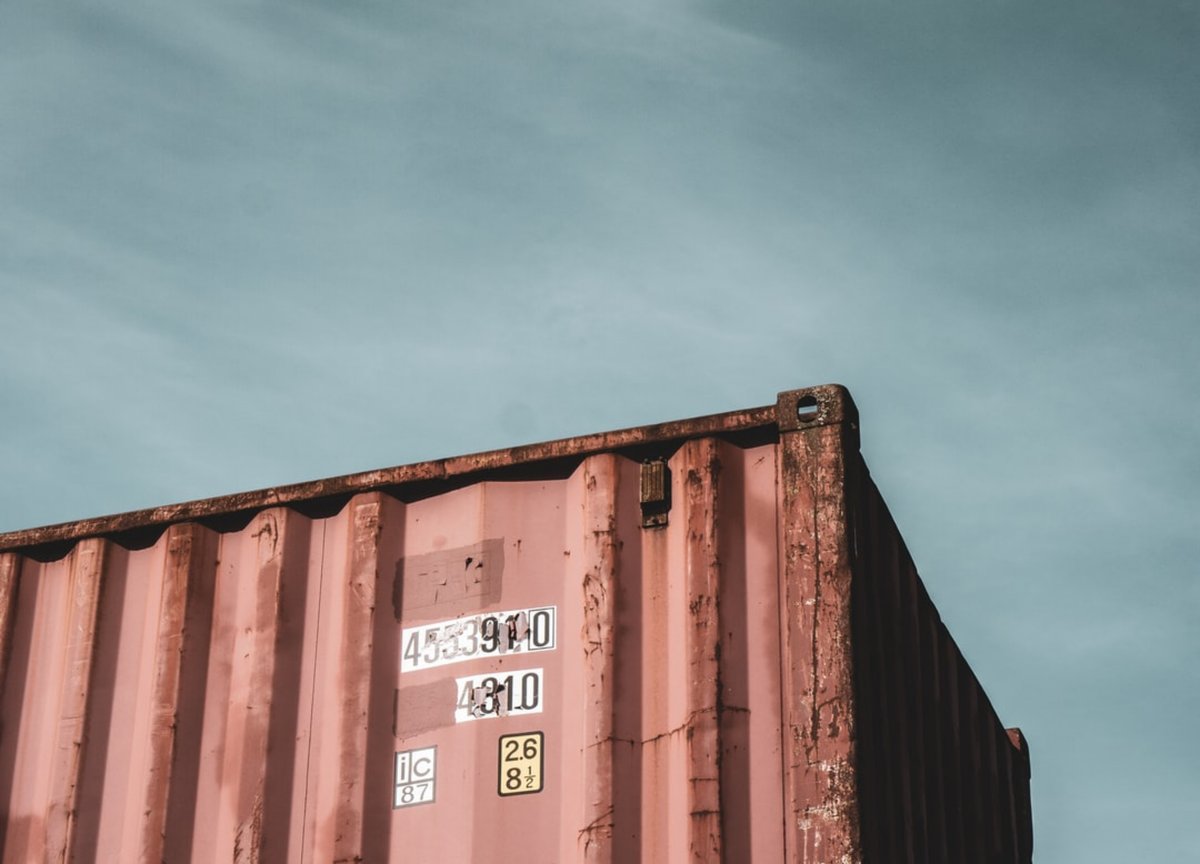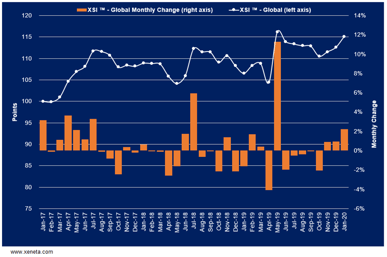In a week of shipping news that ranged from China’s Ministry of Transportation announcing plans to interfere with free market box rates, to migrants rescued a month ago by the M/V Maersk Etienne finally being released to an NGO, we almost overlooked a release from the International Energy Association.
The news was the IEA’s announcement of their industry-specific long-term energy transition study that named ammonia as their candidate to be the leading fuel of the future for the maritime industry. Ammonia?
Following the IMO 2020’s cap on Sulphur emissions, the next major regulatory change for the shipping industry is to sharply reduce CO2 emissions. The IMO’s initial strategy calls for CO2 emissions to be reduced from 2008 levels by 40% by 2030 and 70% by 2050. While both VLSFO and LNG meets IMO 2020, neither will meet IMO 2050; so the race for an alternative fuel/s that are both commercially and climate-friendly is being addressed by carriers, oil company majors, and engineering firms alike – thus the importance of the IEA report.
Their ‘Energy Technology Perspectives 2020’study says biofuels, ammonia, and hydrogen will meet 80%+ of maritime (box ships, dry bulk, tankers) fuel requirements in 2070, with ammonia expected to be the most-used fuel.
Note that the IEA is the second major group supporting ammonia as the next-gen fuel; last week DNV GL released their ‘Energy Transition 2020’ that said by 2050 the maritime industry’s fuel mix would consist of 60% mix of low and/or zero carbon fuels such as ammonia and hydrogen, 30% natural gas (LNG), and 10% regionally imposed de-carbonization projects and electrofuels such as e-methanol. No longer will crude oil-based fuels be used in commercial shipping.
MAN Energy Solutions is developing an ammonia-fueled two-stroke engine for the maritime market and is talking with Siemens about supplying green ammonia. With such industry support, DNV GL expects ammonia to be commercially available by 2037, with a 25% share of the maritime fuel market by 2050.
Ammonia has significant advantages over hydrogen in that it is significantly easier to store and handle. Furthermore, ammonia is some 80% more energy-dense than liquid hydrogen; this density makes it the most efficient carbon-free energy. However ‘Green’ (produced from renewables) Ammonia’s cost of production is an issue, resulting in significantly higher prices than that of ‘Blue’ (C02-generating) Ammonia. To reach cost parity, renewable energy prices need to drop and ammonia production methods need improving.
Renewable costs will drop as wind and solar power becomes more efficient and mainstream. Only two weeks ago petroleum major BP made its first move into the growing offshore wind industry as they announced investing US$1.1 billion for a 50% interest in two of Equinor’s American offshore wind farms. Offshore Wind is a renewable energy source forecast to grow 6x globally in the next 10 years, according to Bloomberg; this should serve to both widen the market and reduce costs.
Another major issue is how can ammonia be used to power vessels on those long transatlantic-transpacific loops? Such fuel cell technology is unavailable today, a similar problem faced by hydrogen, ammonia’s chief competitor.
However there are a number of projects in progress trialing ammonia’s commercial and technical acceptability. Samsung Heavy Industries, MAN ES, Lloyd’s Register, and MISC Berhad (a Petronas-owned LNG carrier) are developing an ammonia-fueled tanker, Equinor and Eidesvik are retrofitting oilfield supply vessel Viking Energy to operate on ammonia, Oslo’s Nordic Innovation is assisting Nordic Green Ammonia Powered Ships (NoGaps) in funding a project whose partners include liquefied petrochemical gas carrier Lauritzen Kosan, Wartsila, DNV GL, and MAN ES to launch an ammonia-powered ship by 2025, while Norway’s Color Fantasy, the world’s largest RORO cruise liner, will soon utilize ammonia on her Oslo-Kiel lane.
Most important is Japan’s Ministry of Land, Infrastructure, Transport &Tourism (MLIT), announced a partnership with Imabari Shipbuilding, MAN ES, Mitsui E&S Machinery, ClassNK, Itochu ENEX, and Itochu Corporation; their announced goal is to demonstrate the viability of ammonia fuel on “an actual ship from 2028’” specifically an 80,000 dwt ammonia-fueled bulk carrier.
One of the strong arguments in favor of ammonia is that the production and distribution infrastructure is already in place globally; this ease of availability coupled with more ammonia being produced as production costs drop will serve to increase ammonia’s market share in maritime fuels - and those audacious but necessary IMO 2050 goals can be met.
Stay Updated with the Latest Shipping News
A selection of complementary news articles
https://splash247.com/iea-predicts-ammonia-will-eventually-become-shippings-dominant-fuel/
https://www.cleantech.com/green-ammonia-potential-as-an-energy-carrier-and-beyond/
https://www.argusmedia.com/en/blog/2020/may/28/green-ammonia-opportunity-knocks
https://www.nordicinnovation.org/programs/nordic-green-ammonia-powered-ships-nogaps
https://www.ammoniaenergy.org/organization/nordic-innovation/
https://www.ammoniaenergy.org/organization/wartsila/
%201.png)


-1.jpg)



